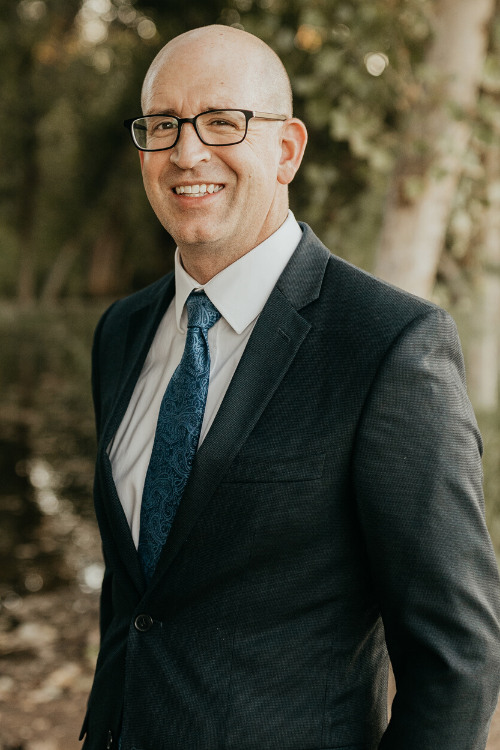State laws, such as the RUFADAA (Revised Uniform Fiduciary Access to Digital Assets Act), allow the executor of an estate or attorney access to a person’s online accounts after incapacitation or death. These laws help you to protect your digital assets.
However, you need a digital estate plan to enable your family to access your digital assets if you pass away.
Remember that a digital asset is anything that is stored digitally and is uniquely identifiable that organizations can use to realize value. This can include documents, audio files, videos, logos, slide presentations, spreadsheets, and websites.
Kiplinger’s recent article entitled “How to Tackle Digital Estate Planning in Four Easy Steps” provides the steps for creating a digital estate plan:
- Take inventory. First, inventory your digital assets. This includes compiling account names, usernames, and passwords. You can store the info in a password manager or create a document. Make sure to review and update the information whenever necessary.
- Decide how you want your digital assets handled. Provide options for how your executor should handle your digital assets upon death. List your intentions for every asset or account.
- Pick a digital executor. Your traditional estate executor could serve as your digital executor. However, you can name different people. If you choose different people, be sure they can work together. You can reference your digital will and designate the digital executor in your traditional last will.
- Store your digital estate plan in a safe place. Ensure that all your digital estate documents are in a safe and accessible location. You should be sure the digital executor can access all the instructions. You can also store all of your estate planning documents with your attorney.
The digital estate plan is considered informal in states that haven’t enacted the RUFADAA. Ask an experienced estate planning attorney about formalizing it by making a codicil to last will or in a new last will. A codicil is a legal document that cites modifications to your last will.
See if this law has passed in your state.
To learn more about estate planning in the East Valley, Gilbert, Mesa and Queen Creek, schedule your free consultation with Attorney Jake Carlson by using one of the links above.
Reference: Kiplinger (May 16, 2023) “How to Tackle Digital Estate Planning in Four Easy Steps”




